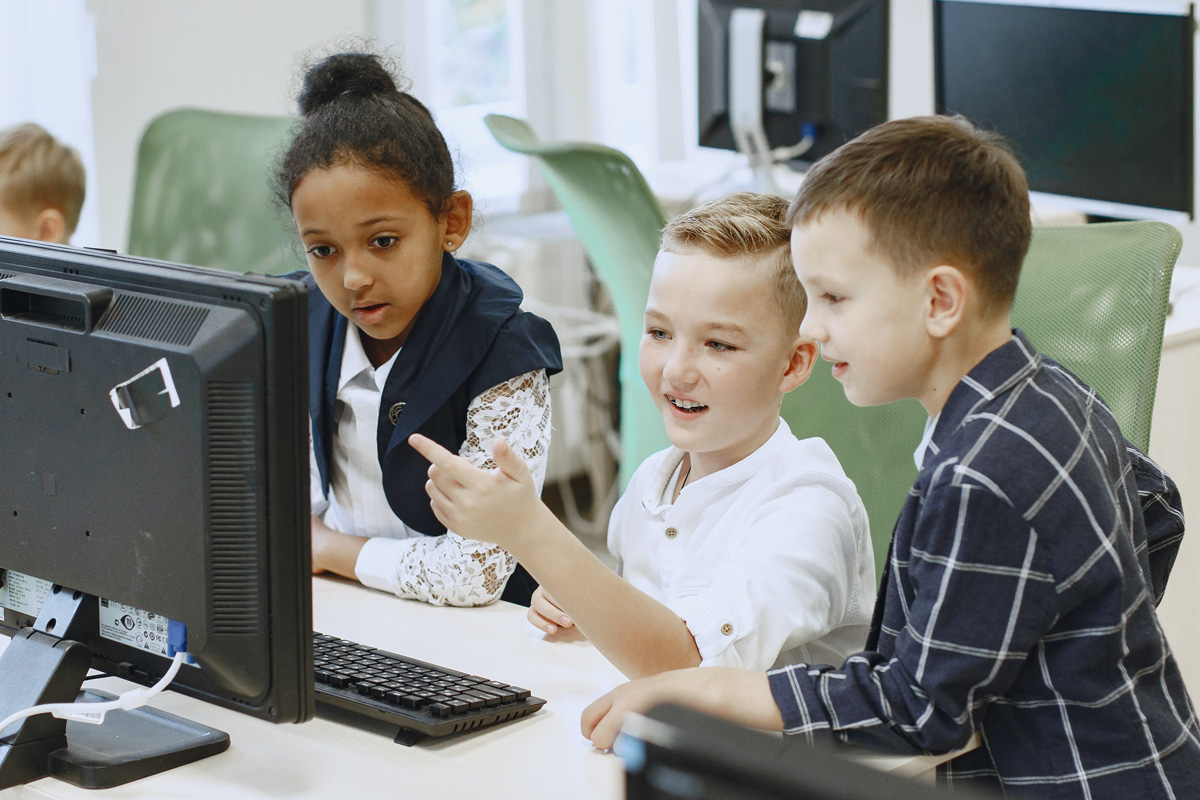Creating a More Just and Merciful World
Gamification In K-12 Education Curriculum Design

Gamification has found a place in the classroom, but it’s not just child’s play.
Gamified learning uses game design elements to motivate students. It’s not the same as playing games, rather it is a way to increase motivation and attention on lessons and classroom tasks. It is also a pedagogical approach that is growing in popularity, particularly in curriculum design, in K-12 schools.
How is gamification used in the classroom?
Teachers use gamification in curriculum and instruction design to engage students in a variety of subjects. An example of a gamified learning experience is one in which students complete various activities, assignments, and quizzes in order to earn points and achieve a grade or score. The use of game-like elements in non-game contexts encourages participation.
Competition, teamwork, and scoring give learners goals to reach for. Learning becomes visible through use of points, badges, and rewards. Students accomplish activities in which they advance to the next level—a clear indicator of their learning progress.
Can gamification lead to improved learning outcomes?
Proponents say students are more engaged and motivated to learn through gamified learning experiences. Research has found that gamified learning can have a meaningful impact on student engagement, promoting problem solving and innovative thinking.
Supporters of gamified learning recommend incorporating gamification into lessons in a way that allows students to interact with the learning material and make their own decisions and adjustments as they progress.
Here are ways teachers can implement gamification in their classrooms:
- Give points for meeting academic goals and non-academic procedures (e.g., tidying up classroom space, cooperating with classmates).
- Encourage positive competition.
- Use methods that show progress, such as levels, checkpoints, and other symbols of progression.
- Give learning badges instead of points or grades.
Why is gamification considered effective?
Gamification has been applied in education for several reasons, mainly because of the belief that students learn best when they have fun.
Moreover, gamified learning is considered effective because:
- Students recognize their intrinsic motivation for learning.
- Students become more proactive and open to learning from their mistakes.
- Students challenge and motivate each other.
- Students improve their concentration.
- Students apply creative and problem-solving skills.
Games also empower students because they feel like they are in control of their learning journeys and ability to succeed. Gaming taps into our basic human needs, including autonomy, value, and the desire to be competent. The benefits of gamified learning make sense when one considers that the production of dopamine is linked to the motivation that comes from gaming.
Importantly, games trigger powerful human emotions such as excitement, happiness, and accomplishment—feelings teachers want for their students.
How can educators develop skills to motivate students?
Educators are constantly striving to incorporate interesting activities to engage students. They must often design curriculum and instruction to meet the various needs and interests of their students. To develop your skills as an educator, choose from Carlow’s master’s degrees in Education. We offer degrees in Curriculum & Instruction specializations to prepare educators who can inspire and innovate in the classroom.
